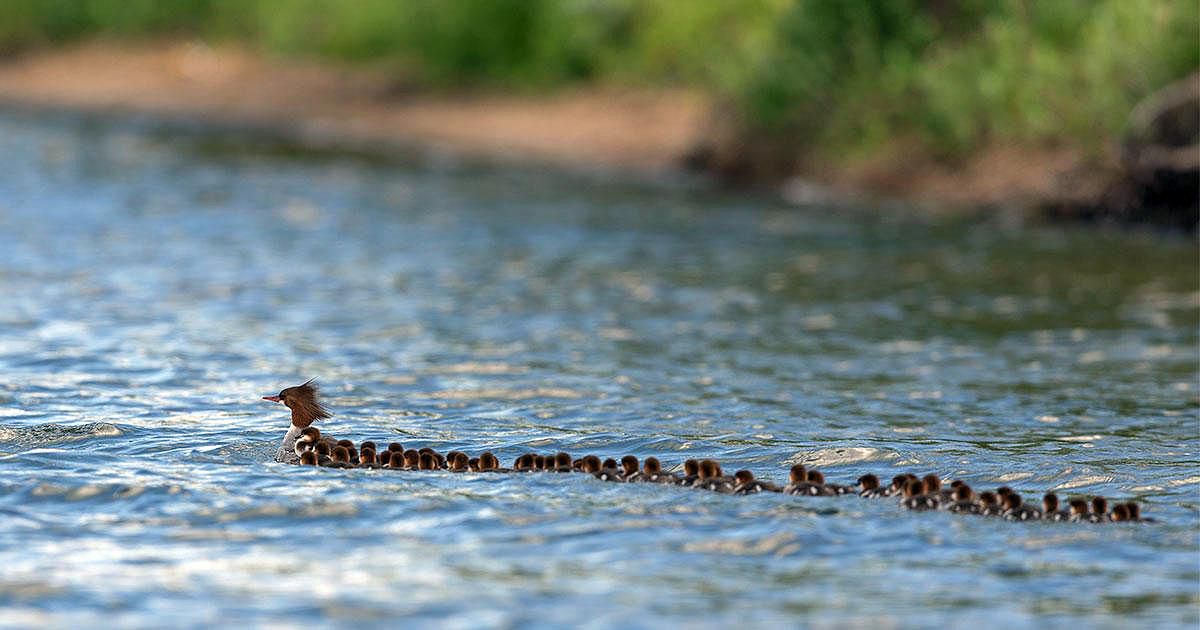Causes And Risk Factors Of Swimmer's Itch
Time Spent In Infested Water
Time spent in infested water is one of the leading risk factors for contraction of swimmer's itch. Fresh and saltwater inhabited by waterfowl, such as ducks and geese, and other mammals are breeding grounds for the parasite that causes swimmer's itch. Lakes, ponds, and oceans, of course, are not chemically treated to eradicate parasites and other bacteria that can be unhealthy for humans. Because of this, it is vital to understand the risk associated with swimming in untreated bodies of water and limit the amount of time spent in potentially infested waters. When choosing to swim in fresh and saltwater locations, it is wise to choose bodies of water not frequented or inhabited by large amounts of waterfowl and other mammals.
Get to know the next risk factor for swimmer's itch.
Not Drying Off After Swimming

Not drying off after swimming can increase an individual's risk for contracting the parasite associated with swimmer's itch. Parasites may attach to the skin while swimming and since the parasites that cause swimmer's itch are microscopic, it is impossible to know whether one is latched onto the body or not. Therefore, it is vital to have a thorough drying routine after swimming. Properly drying off with a towel after swimming can remove any parasites attached to the body before they have the chance to burrow under the skin, minimizing the risk of exposure and the occurrence of the uncomfortable rash that follows exposure.
Learn more about what increases an individual's risk of swimmer's itch by reading more now.
